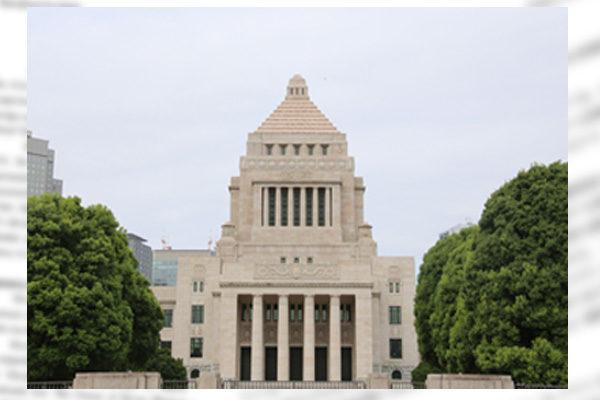The coming election of Japan’s House of Representatives provides voters with an opportunity to select a governing party. I here would like to compare campaign promises of the ruling Liberal Democratic Party and the opposition Constitutional Democratic Party of Japan that have respectively fielded candidates exceeding a simple majority of 233 in the 465-seat Lower House. A conclusion is that the CDP, which has coordinated candidates with the Japanese Communist Party in many constituencies to take power, is not qualified to become a government party. This is clear as indicated by its proposed foreign and national security policies.
Lessons not learned from past mistakes over Futenma
The CDP’s policy platform for 2021 vows to promote “realistic” foreign and national security policies based on the Japan-U.S. alliance under the title “realistic diplomacy to protect peace.” Why does it use the word “realistic?” Toward a Lower House election in 2009, Yukio Hatoyama, who led the CDP’s predecessor Democratic Party of Japan, came up with an unrealistic policy of relocating the Futenma U.S. Marine Air Station out of Okinawa and came under fire for switching to a relocation within Okinawa after becoming the prime minister. “The more I learned, the more I understood the importance of U.S. Marine Corps’ deterrence,” he said.
I thought the CDP might have offer a “realistic” policy learning lessons from the past. But the CDP platform says the party, if winning power from the LDP, would suspend the planned relocation of the Futenma Air Station to Henoko, Okinawa, and launch negotiations with the United States to review U.S. bases in Okinawa. The CDP might have given consideration to the Japanese Communist Party that is calling for unconditional removal of the Futenma Air Station, while failing to learn anything from Hatoyama’s mistake.
“We would suspend the base construction in Henoko and renegotiate with the United States. But we have never declared that we abandon the construction,” CDP Policy Research Chair Kenta Izumi said in a TV program on October 13. This explanation is not persuasive at all. I think the Japan-U.S. agreement to relocate the Futenma Air Station came to quickly eliminate the possibility of an accident killing many people in the heavily populated region surrounding the station.
The CDP also makes a commitment to protect Japan’s territorial land, waters and airspace while sticking to the “exclusive defensive posture.” At a time when North Korea as well as Russia and China has dramatically developed missile technologies, Japan cannot protect itself or maintain deterrence with such posture. The CDP’s commitment may also have made consideration to the JCP that calls for abolishing the Japan-U.S. Security Treaty.
Liberate defense spending from yoke of “1% of GDP”
The ruling LDP declares to “enhance deterrence and readiness of the Japan-U.S. alliance through Japan’s own defense buildup and others.” This may be what the CDP terms a “realistic” policy.
The LDP says that it would “aim to increase defense-related spending while keeping in mind the NATO [North Atlantic Treaty Organization] target of raising defense budget for each member above 2% of GDP [gross domestic product].” Instead of imposing monetary limit of 1% of GDP, a government should discuss and realize arrangements required for Japan’s defense while revising the National Security Strategy, the National Defense Program Outline and the Midterm Defense Buildup Program.
Takashi Arimoto is publisher of Monthly Magazine SEIRON at the Sankei Shimbun newspaper.


